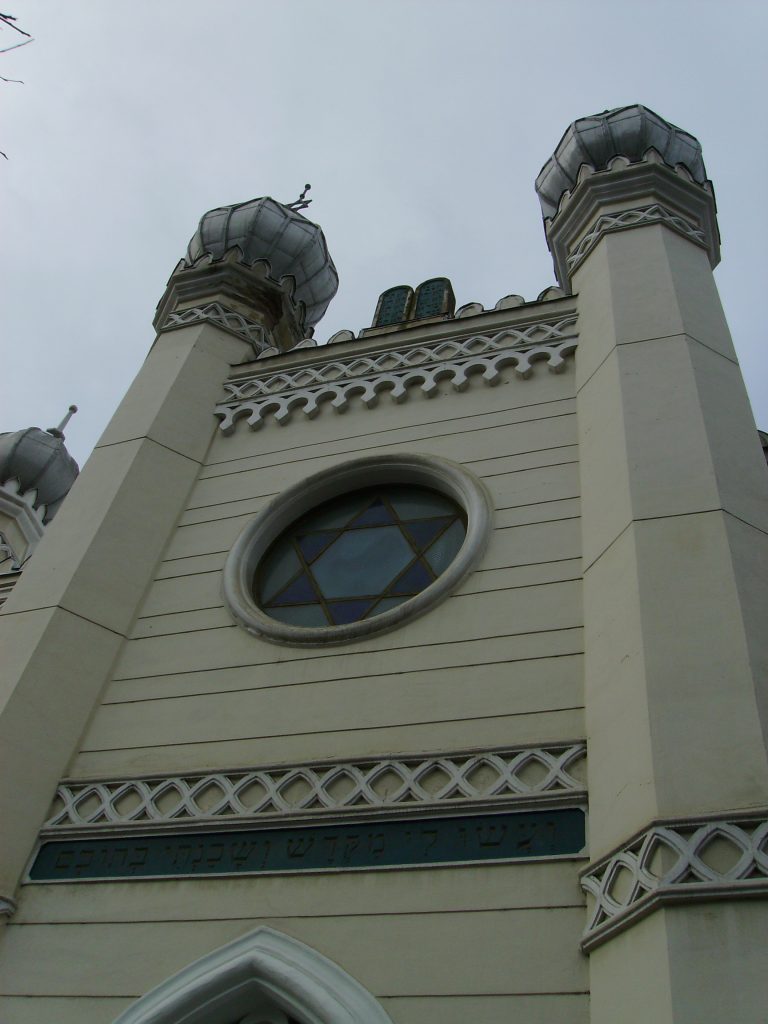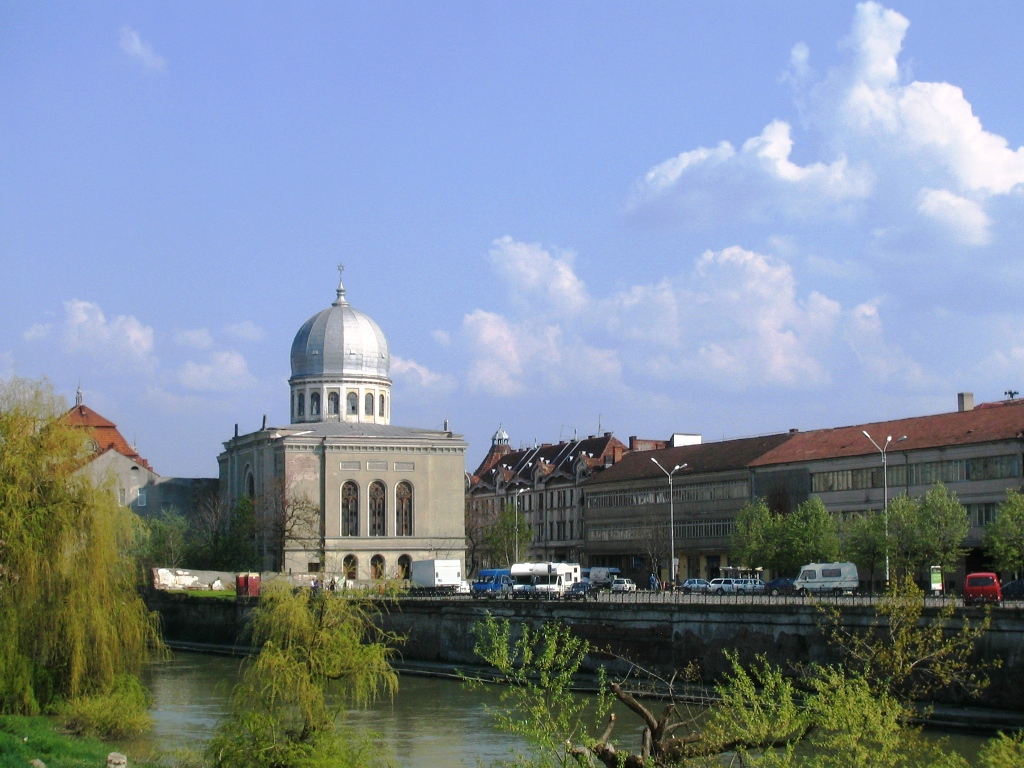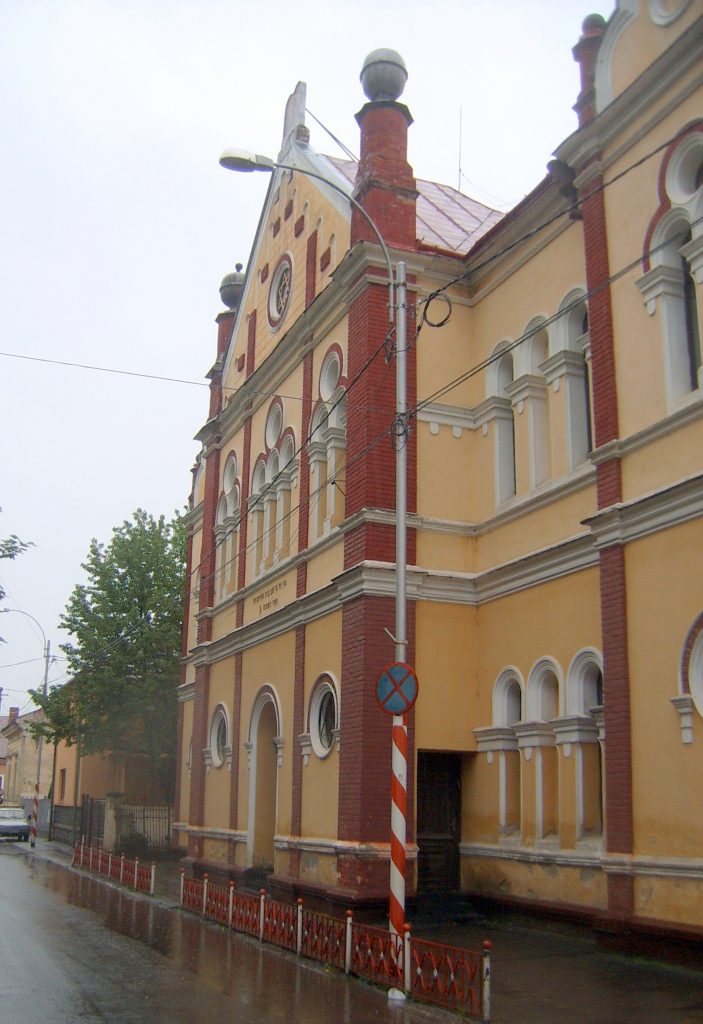North of Wallachia and west of Moldavia, at the center of the Carpathian arc, stretches Transylvania -the land “beyond the mountains”, also called Erdely in Hungarian and Siebenburggen (The Seven Cities) in German.

Dacian warriors resided here until the year 107, when they were subdued by Trajan’s Roman legions, including the Thirteenth Gemina recruited in Judaea. In 217, however, the Roman administration abandoned Dacia after a surge of migrations that culminated with the arrival of the Magyars in the tenth and eleventh centuries.
The twelveth and thirteenth centuries saw an influx of Anglo-Saxon colonists and Swabians from the Holy Roman Empire. They settled at the request of the Hungarian kings to protect against the Turkish and Tatar threat, sheltered by the northern slopes of the Carpathians.
Subject to the Magyar kingdom, then an independent principality, later occupied by the Turks, Transylvania was incorporated into the Austrian Empire in 1691.

Starting in 1867, when the region became Hungarian under the dual Hapsburg monarchy, the largely majority Romanian population living here sought reattachment to Romania; the Treaty of Trianon granted their wish after the First World War.
In 1940, due to pressure by Nazi Germany and Fascist Italy, Bucharest was forced to cede Transylvania’s northwest section to Hungary. The region became Romanian once again at the conclusion of the Second World War.
Although a small number of Jews most certainly appeared with the Roman legions, the first major arrival of those of Sephardic origin took place after the fifteenth century.

They came via trade routes, either from the Danubian principalities or the Ottoman-controlled Balkans. It was not until much later, after annexation by Vienna, that the Ashkenazic immigration from Poland began.
Transylvania’s Jewish population was split between the strictly traditional Yiddish-speaking communities living in the north (between Sighet Marmatiei and Baia Mare, cradle of the often rival Hasidic and Ashkenazic Orthodoxy) and the somewhat Reformist Hungarian and German-speaking ones to the west and south in cities like Oradea and Arad, Timisoara and Cluj, Sibiu and Brasov.
Under the reign of the late Hapsburgs, Transylvanian Jews enjoyed the same rights as the empire’s other citizens, suffering neither discrimination nor marginalization. It was only when the region united with Romania that they had to struggle, with eventual success, for recognition of their civil and minority rights. In the late 1930s, this victory was called into question. From September 1940 to March 1944, the Jews living in northwest Transylvania found themselves under the authority of Hungarian chief of state Horthy, by which they were subjects to anti-Semitic laws as inhumane as those suffered by the Jewish community that remained in General Antonescu’s Romania, whose lives were miraculously spared. In the spring of 1944, practically the entire Jewish population of occupied Transylvania was deported to Auschwitz and gassed. Only a tiny number survived.